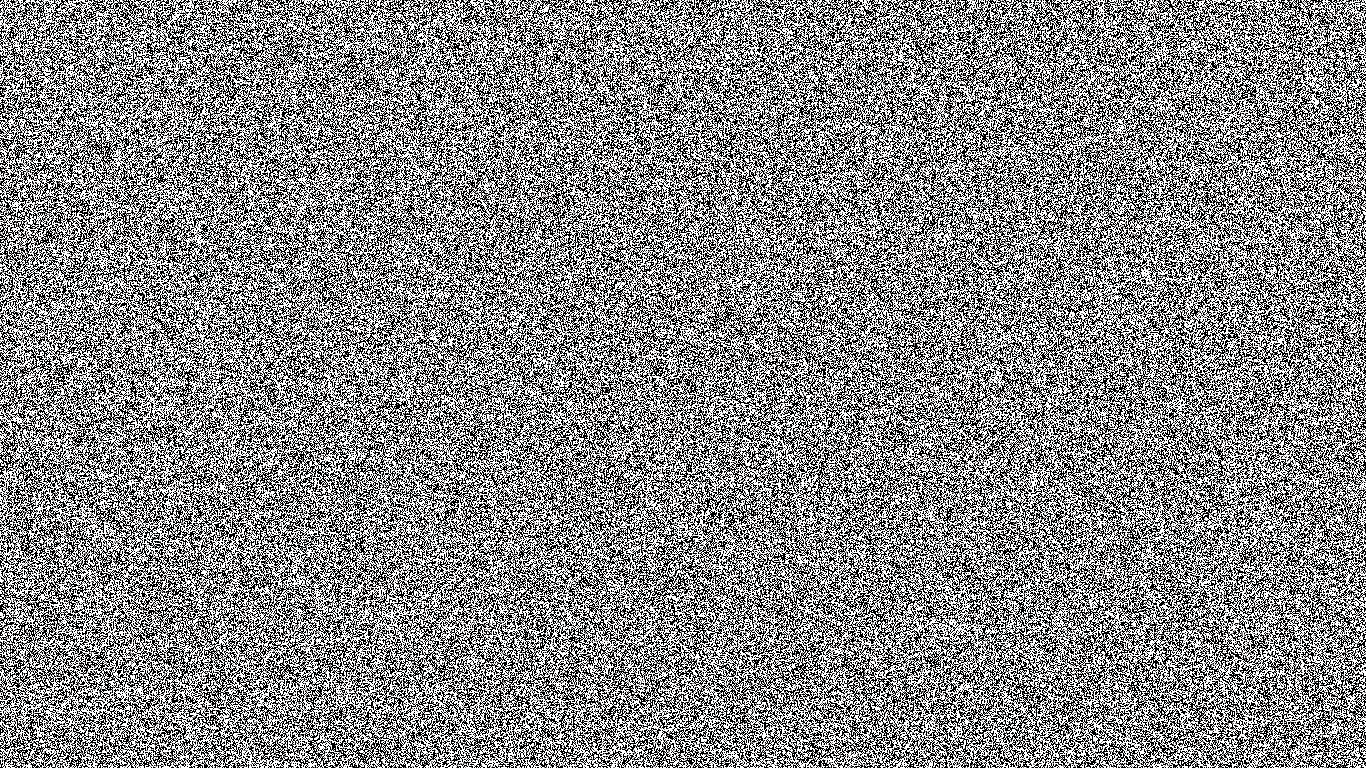Art channel
InterviewsPractices of Radical Health Care Materials of the Health Movement of the seventies and eighties in West-Berlin

In 1974 the initiative BIFF – the Berlin Counselling and Information Centre for Women published Hogie Wyckhoff’s Solving Women’s Problems Through Awareness, Action, and Contact and published it as the brochure Beginnings of Feminist Therapy.
In the context of the Health Movement, in particular within the feminist Women*’s Health Movement, a variety of counseling services were developed. Emergency hotlines and night shelters were set up, self-defense and Wendo classes were offered, self-help groups, self-examination courses, and radical therapy were being organized. For the first time, outpatient care services were founded and projects like Berlin Crises Service, or SEKIS, the contact- and information centre for self-help, were established.


In the seventies and eighties, more than 80% of gynaecologists in West Germany were men*. In self-help courses, women* started to conduct vaginal self-examinations and to share their experiences. With the founding of the first Feminist Women’s Health Centre (FFGZ) in Europe, the publication of the self-help magazine Clio and publications like the Frauenhandbuch (first women’s handbook on abortion and contraception) by Brot und Rosen (Bread and Roses) and Hexengeflüster (Witches Whisper), women* collectively developed feminist perspectives on their bodies and sexuality as well as their reproductive rights.
In Feminist Health Care Research Group’s library, we collect many publications on the Health Movement and second wave feminism as well as contemporary zines and leaflets.



Many forms of action of the Health Movement dealt with subjective aspects of well-being, such as nutrition and emotional health. Alternative health institutions were developed that intersected with the squatter’s movement, such as the Gesundheitsladen (Health Centre), collective medical practices, paramedics or pharmacies, and the HeileHaus (healing house).
The HeileHaus functioned as the neighbourhood bathroom, offered health meals on a daily basis, and published the magazine Doktorspiele with health tips for squatters. Nowadays HeileHaus still offers alternative healthcare and public bath- and laundry rooms.
In 1984 Ulf Mann published the Gesundheitsbuch (Health Book), which contains 1150 pages of collected health tips, alternative approaches, and household remedies. Ulf Mann was a member of the pharmacists’ collective at Viktoriapark. It aimed to run a pharmacy politically, as a space for advice and education on how to use medicinal products.
From the newspaper Doktorspiele (doctor’s games), published by HeileHaus.

